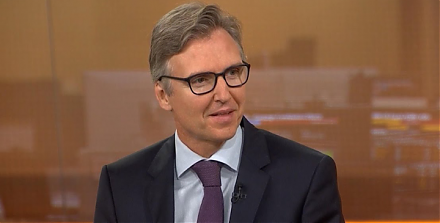

2018-03-01 07:35:00 Thu ET
technology antitrust competition bilateral trade free trade fair trade trade agreement trade surplus trade deficit multilateralism neoliberalism world trade organization regulation public utility current account compliance
Trump imposes high tariffs on steel (25%) and aluminum (10%) in a new trade war with subsequent exemptions for Canada and Mexico. The Trump administration's Trade Act Section 232 investigation suggests that the main sources of U.S. steel-and-aluminum trade deficits are Canada, Europe, Mexico, and China.
In light of both Section 301 and Section 232 investigations, the steel and aluminum tariffs seem to target China and the European Union. There are a pair of pertinent problems with imposing tariffs on foreign imports of this nature. First, the tariff tactic is a massive diplomatic gambit. In effect, this tactic may pose the imminent risk of retaliation from multiple countries. Second, this strategic move can inevitably lead to higher consumer prices from food cans to cars and airplanes insofar as these products involve the use of steel or aluminum. These price increases can thus feed back to fuel higher inflation in America. Also, American households and firms may experience higher costs and so lower disposable income. The resultant decrease in aggregate demand can be detrimental to U.S. economic output, employment, capital investment, and so on. When push comes to shove, the law of inadvertent consequences counsels caution.
If any of our AYA Analytica financial health memos (FHM), blog posts, ebooks, newsletters, and notifications etc, or any other form of online content curation, involves potential copyright concerns, please feel free to contact us at service@ayafintech.network so that we can remove relevant content in response to any such request within a reasonable time frame.
2017-08-07 09:39:00 Monday ET

Global financial markets suffer as President Trump promises *fire and fury* in response to the recent report that North Korea has successfully miniaturized
2019-07-11 10:48:00 Thursday ET

France and Germany are the biggest beneficiaries of Sino-U.S. trade escalation, whereas, Japan, South Korea, and Taiwan suffer from the current trade stando
2019-04-17 11:34:00 Wednesday ET

Amazon CEO Jeff Bezos admits the fact that antitrust scrutiny remains a primary imminent threat to his e-commerce business empire. In his annual letter to A
2024-10-14 11:33:00 Monday ET

Stock Synopsis: Video games continue to take both screen time and monetization from many other forms of entertainment. We are broadly positive about the
2018-04-02 07:33:00 Monday ET

China President Xi JinPing tries to ease trade tension between America and China in his presidential address at the annual Boao forum. In his vulnerable att
2019-03-11 10:32:00 Monday ET

Lyft seeks to go public with a dual-class stock ownership structure that allows the co-founders to retain significant influence over the rideshare tech unic